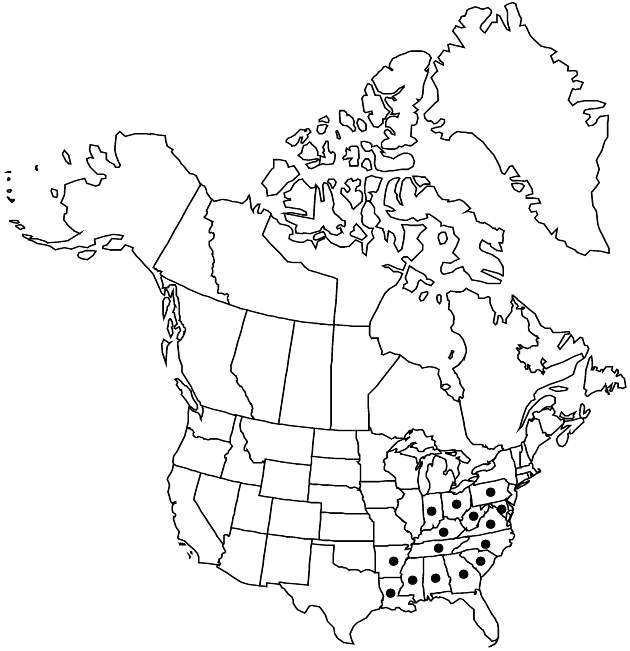Difference between revisions of "Antennaria solitaria"
Bull. Torrey Bot. Club 24: 304. 1897.
FNA>Volume Importer |
FNA>Volume Importer |
||
| Line 11: | Line 11: | ||
|name=Antennaria plantaginifolia var. monocephala | |name=Antennaria plantaginifolia var. monocephala | ||
|authority=Torrey & A. Gray | |authority=Torrey & A. Gray | ||
| + | |rank=variety | ||
|publication_title=Fl. N. Amer. | |publication_title=Fl. N. Amer. | ||
|publication_place=2: 431. 1843, | |publication_place=2: 431. 1843, | ||
| Line 17: | Line 18: | ||
|name=Antennaria monocephala | |name=Antennaria monocephala | ||
|authority=(Torrey & A. Gray) Greene | |authority=(Torrey & A. Gray) Greene | ||
| + | |rank=species | ||
}} | }} | ||
|hierarchy=Asteraceae;Asteraceae tribe Gnaphalieae;Antennaria;Antennaria solitaria | |hierarchy=Asteraceae;Asteraceae tribe Gnaphalieae;Antennaria;Antennaria solitaria | ||
| Line 41: | Line 43: | ||
-->{{#Taxon: | -->{{#Taxon: | ||
name=Antennaria solitaria | name=Antennaria solitaria | ||
| − | |||
|authority=Rydberg | |authority=Rydberg | ||
|rank=species | |rank=species | ||
| Line 56: | Line 57: | ||
|publication year=1897 | |publication year=1897 | ||
|special status= | |special status= | ||
| − | |source xml=https://jpend@bitbucket.org/aafc-mbb/fna-data-curation.git/src/ | + | |source xml=https://jpend@bitbucket.org/aafc-mbb/fna-data-curation.git/src/eaa6e58056e40c9ef614d8f47aea294977a1a5e9/coarse_grained_fna_xml/V19-20-21/V19_641.xml |
|tribe=Asteraceae tribe Gnaphalieae | |tribe=Asteraceae tribe Gnaphalieae | ||
|genus=Antennaria | |genus=Antennaria | ||
Revision as of 19:20, 16 December 2019
Dioecious. Plants 2–25(–35) cm. Stolons 5.5–20 cm (filiform). Basal leaves: 3–5-nerved, obovate to broadly oblong-spatulate, 20–75 × 15–45 mm, tips mucronate, abaxially tomentose, adaxially gray-pubescent to floccose-glabrate. Cauline leaves linear, 1–17 mm, distal flagged. Heads borne singly. Involucres: staminate 8–11 mm; pistillate 8–14 mm. Phyllaries (bases green or brown) distally white. Corollas: staminate 3.8–5.5 mm; pistillate 4.5–7 mm. Cypselae 1–2 mm, papillate; pappi: staminate 4.5–7 mm; pistillate 6–9 mm. 2n = 28.
Phenology: Flowering early–mid spring.
Habitat: Slopes or stream banks in moist, rich, deciduous woodlands, forests, sometimes forest openings
Elevation: 0–1500 m
Distribution

Ala., Ark.. Ga., Ind., Ky., La., Md., Miss., N.C., Ohio, Pa., S.C., Tenn., Va., W.Va.
Discussion
With its relatively large, 3–5-nerved, basal leaves and relatively large heads borne singly, Antennaria solitaria is an easily recognized amphimictic member of the Catipes group (R. J. Bayer and G. L. Stebbins 1982). It is a sexual diploid progenitor of the A. parlinii polyploid complex.
Selected References
None.